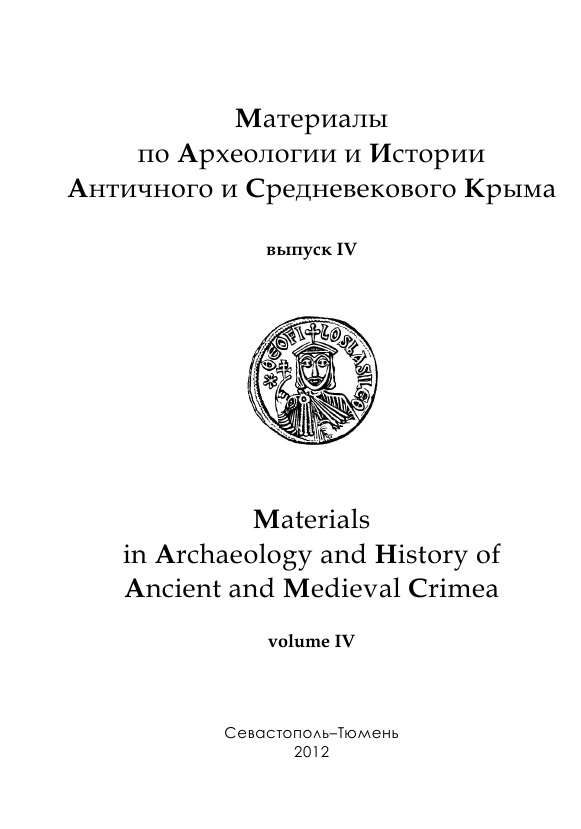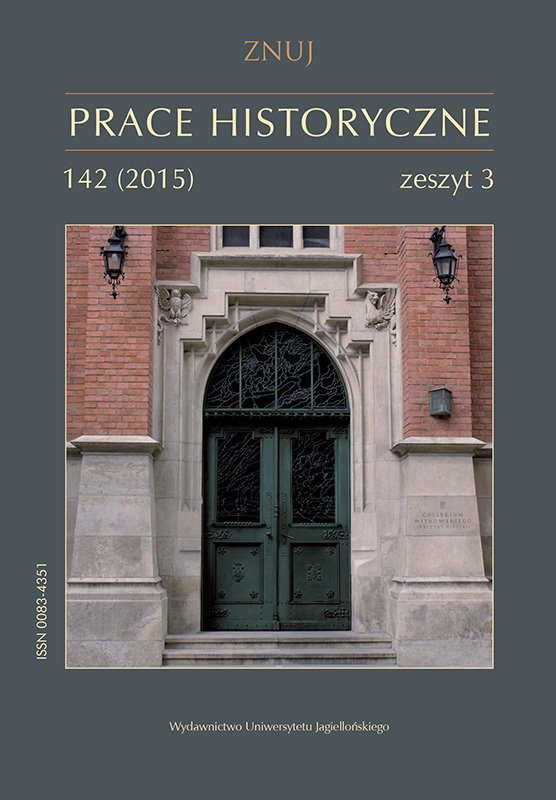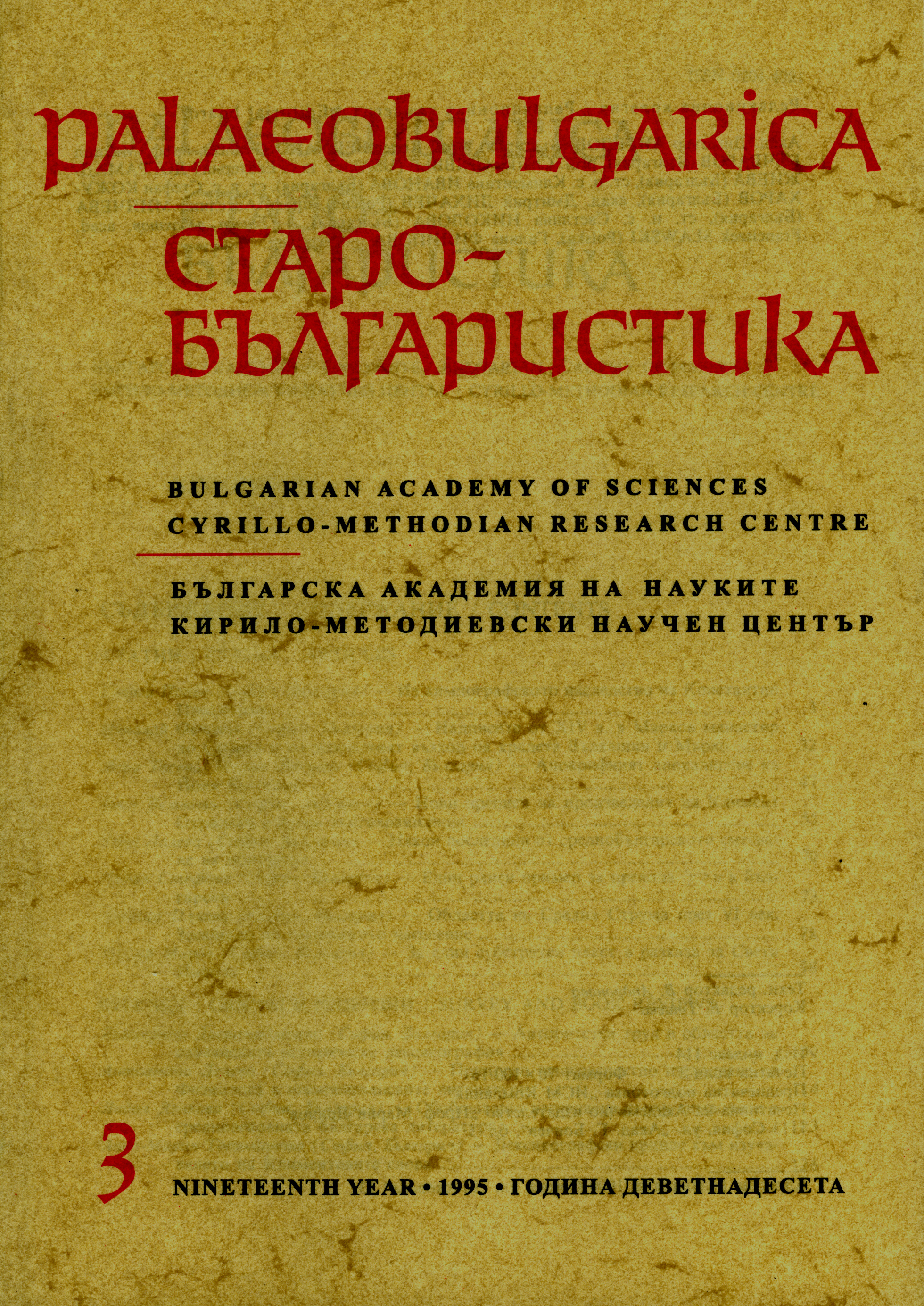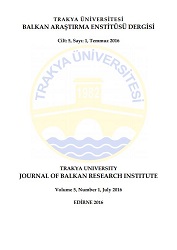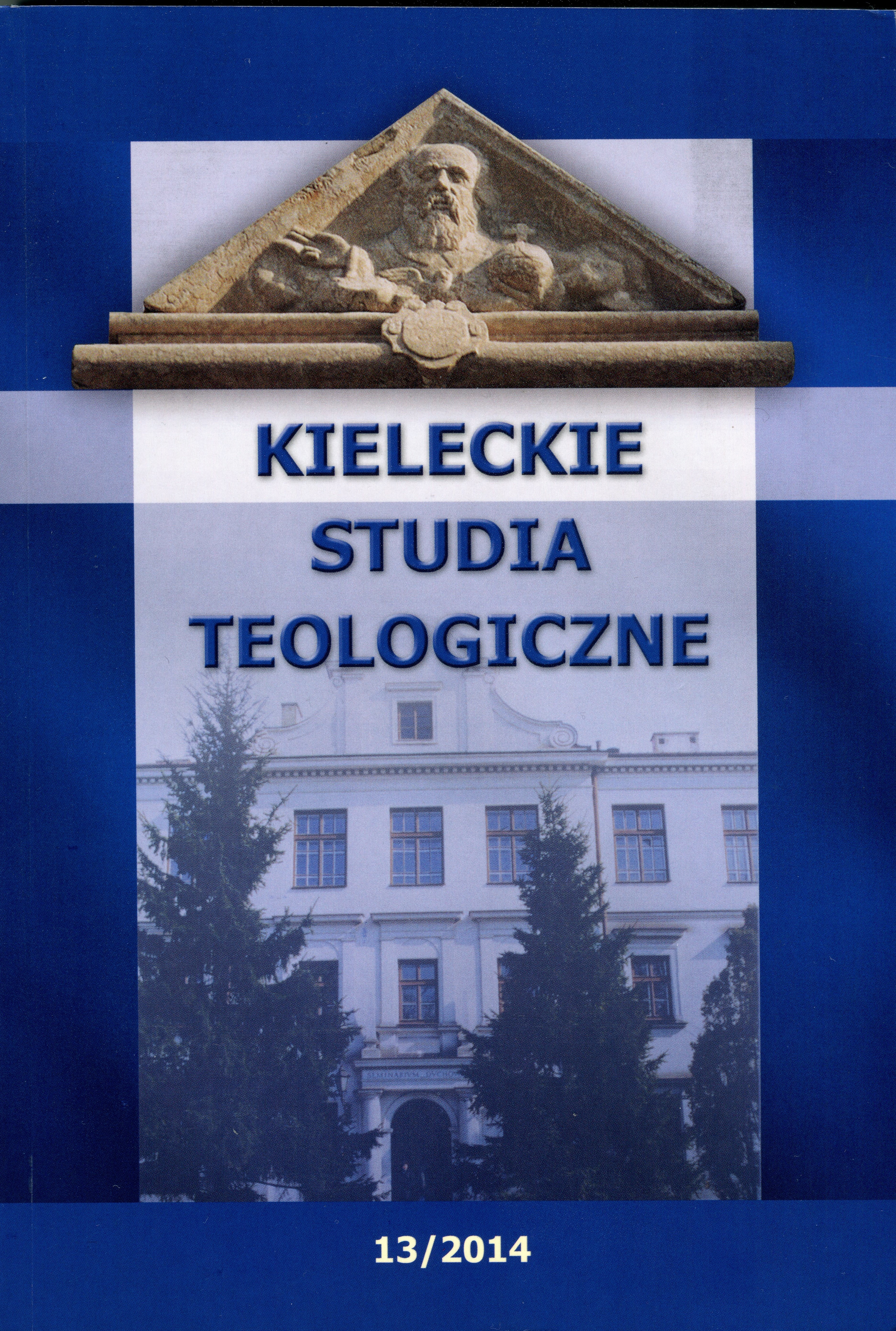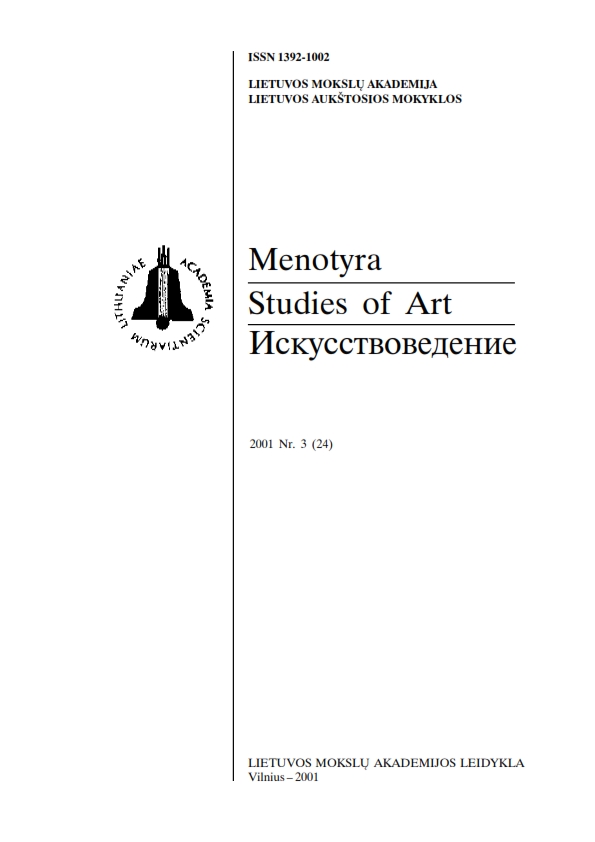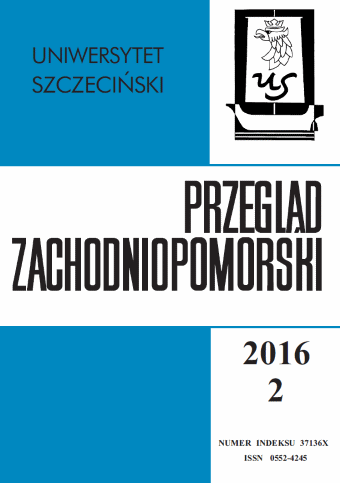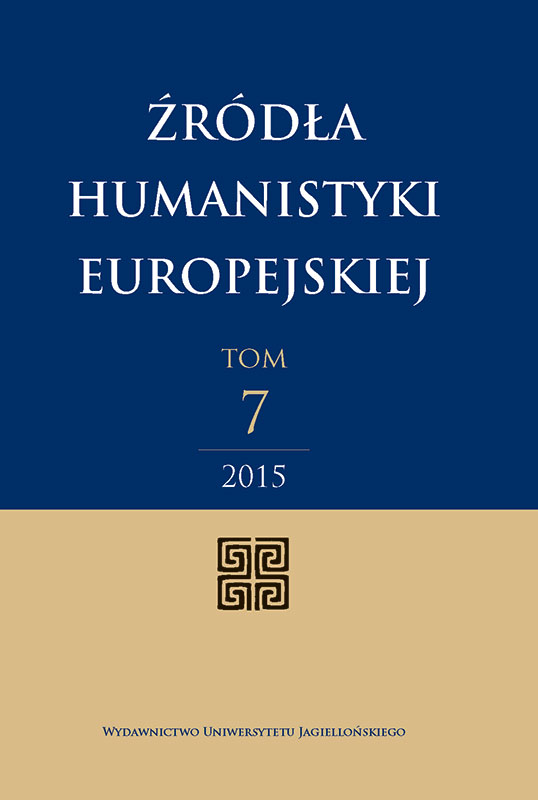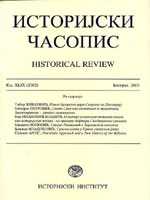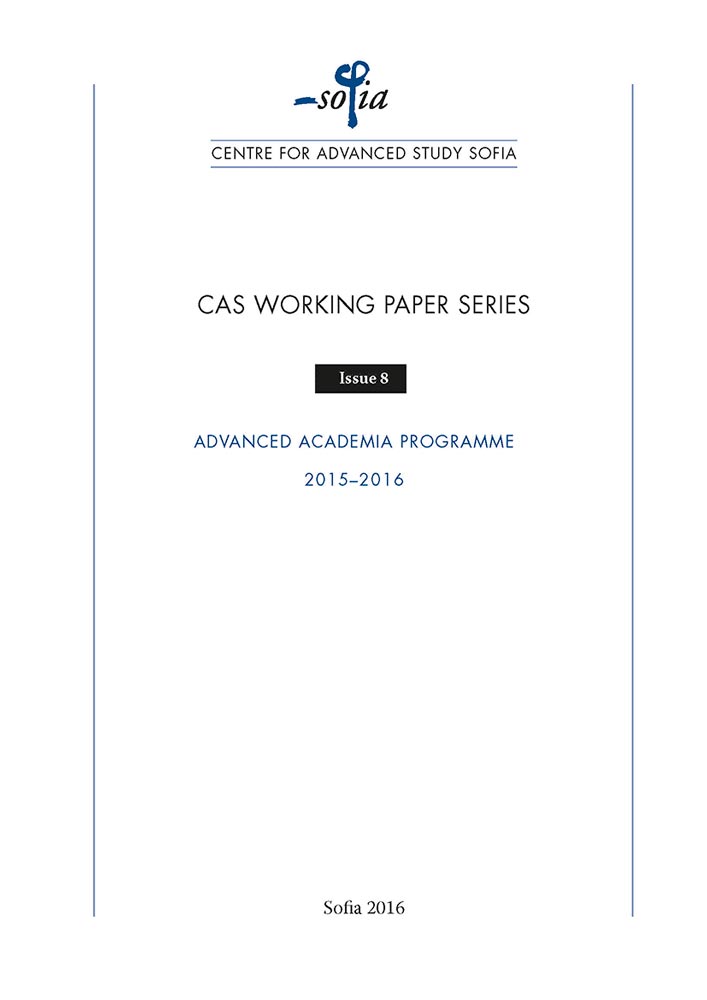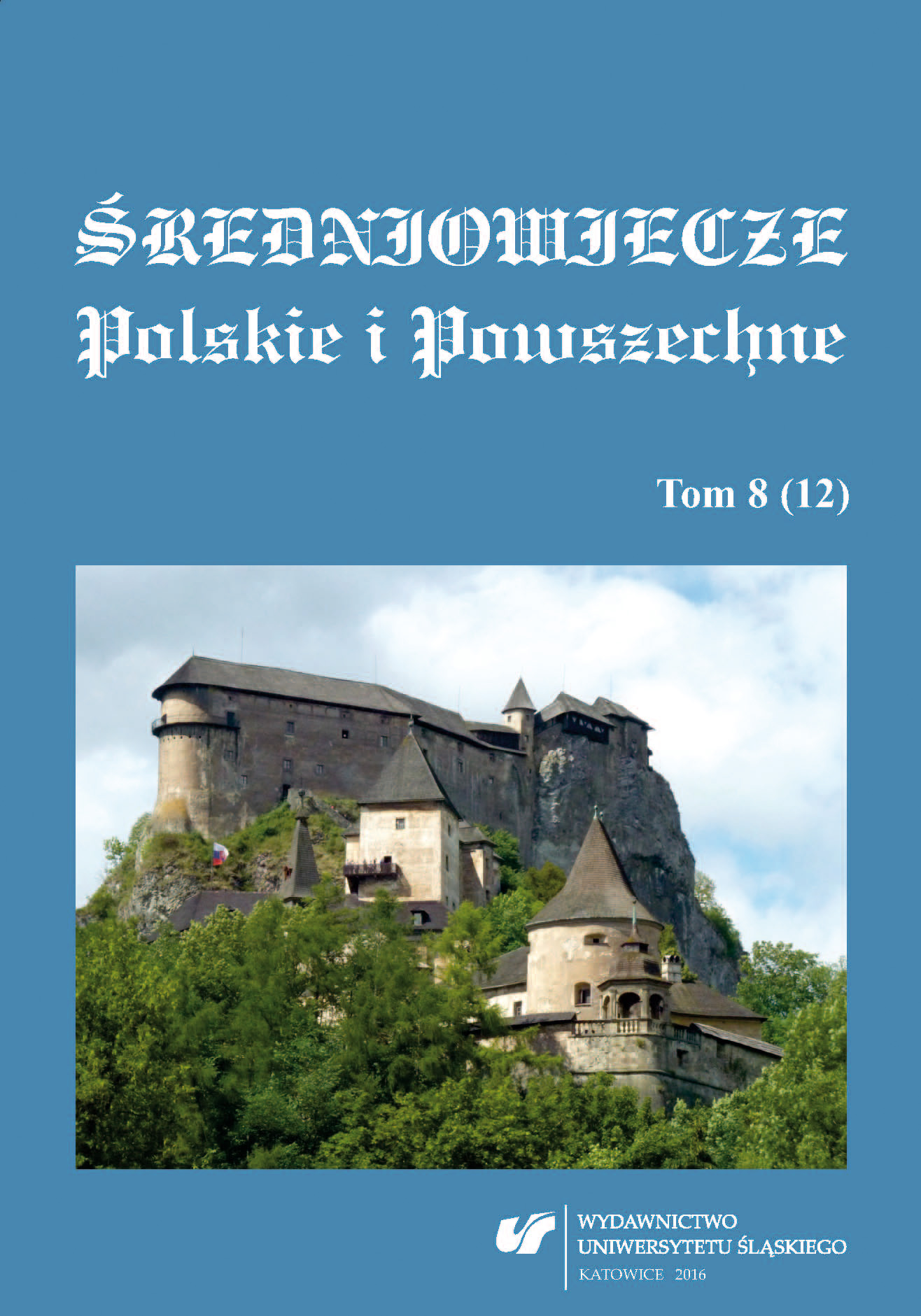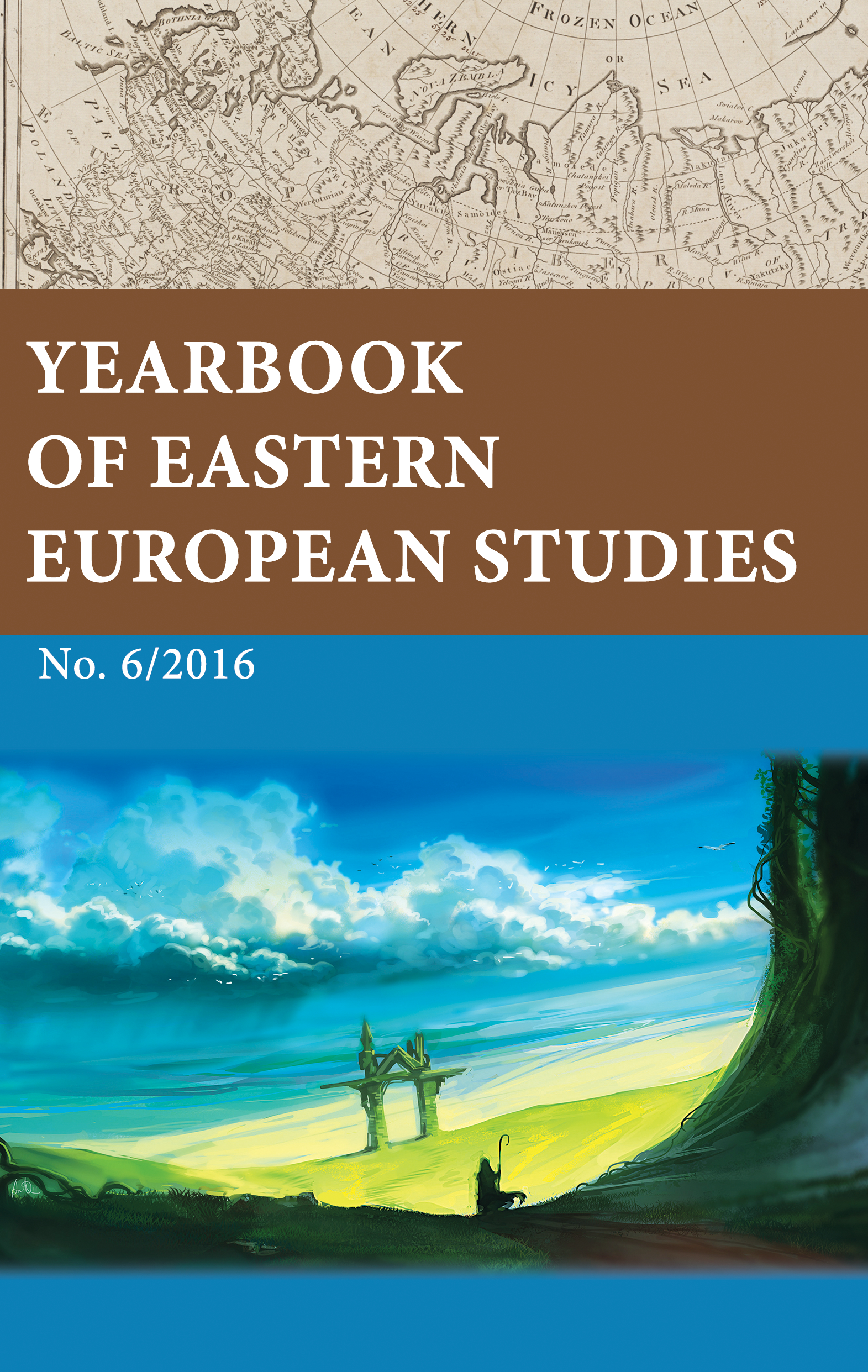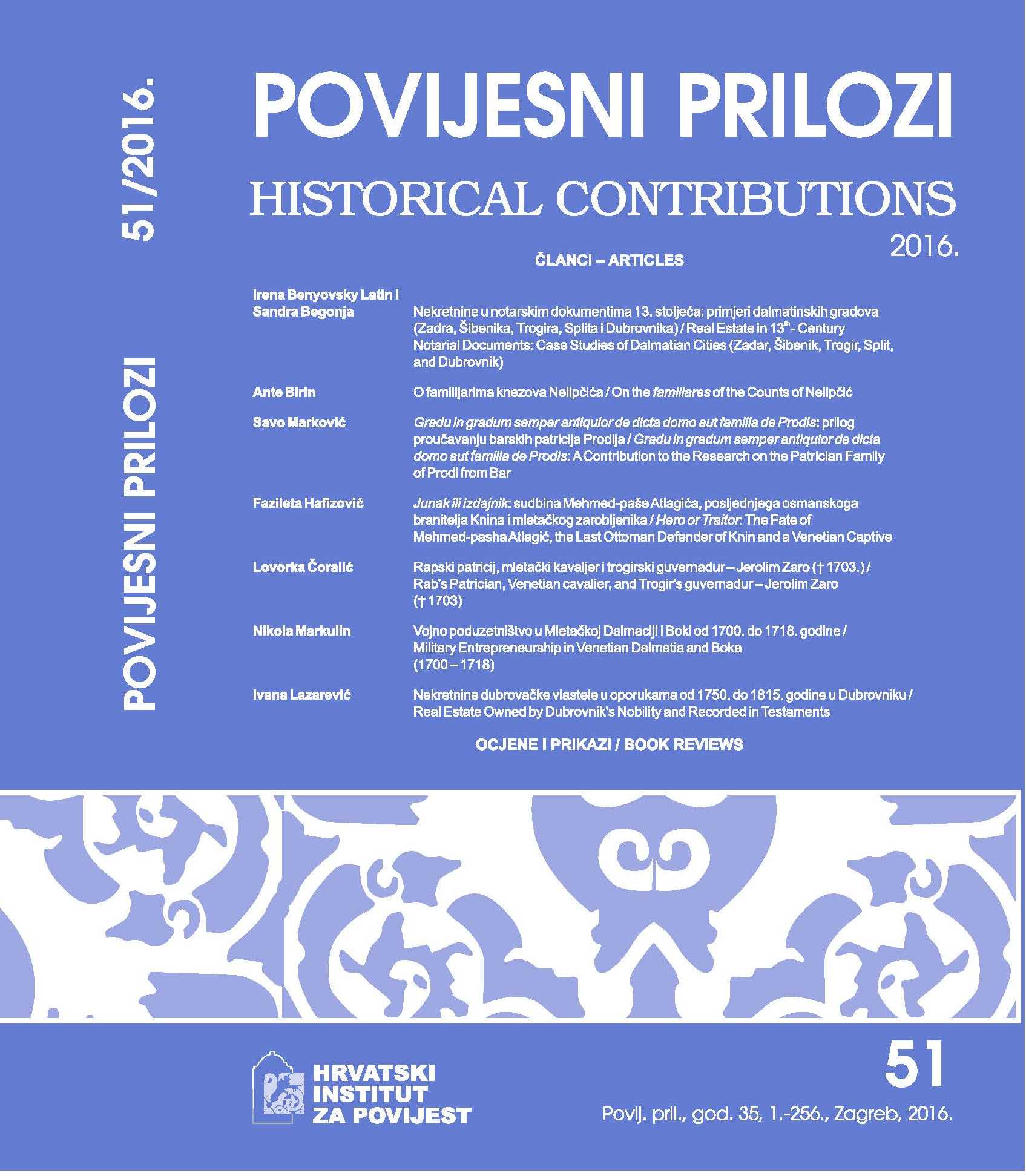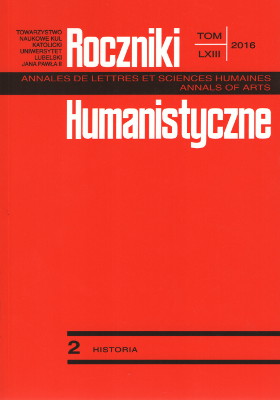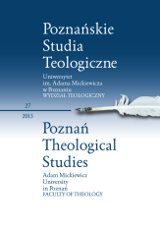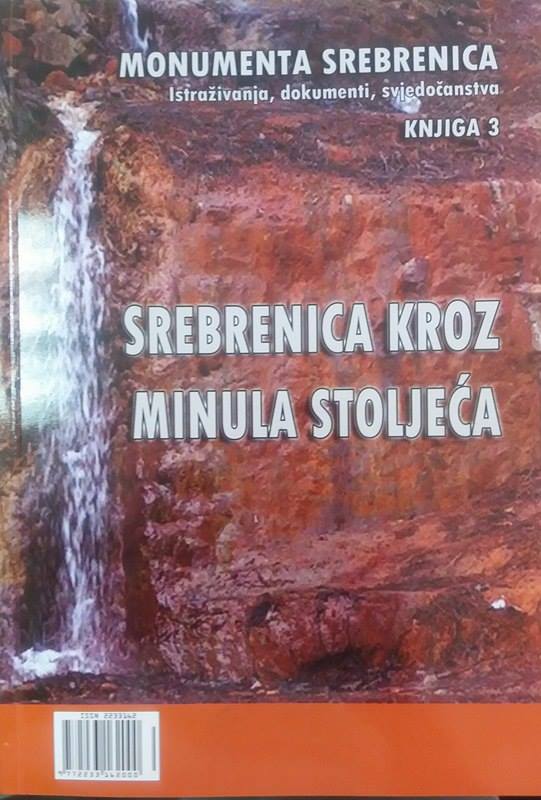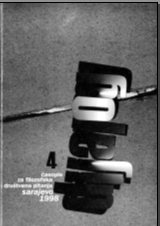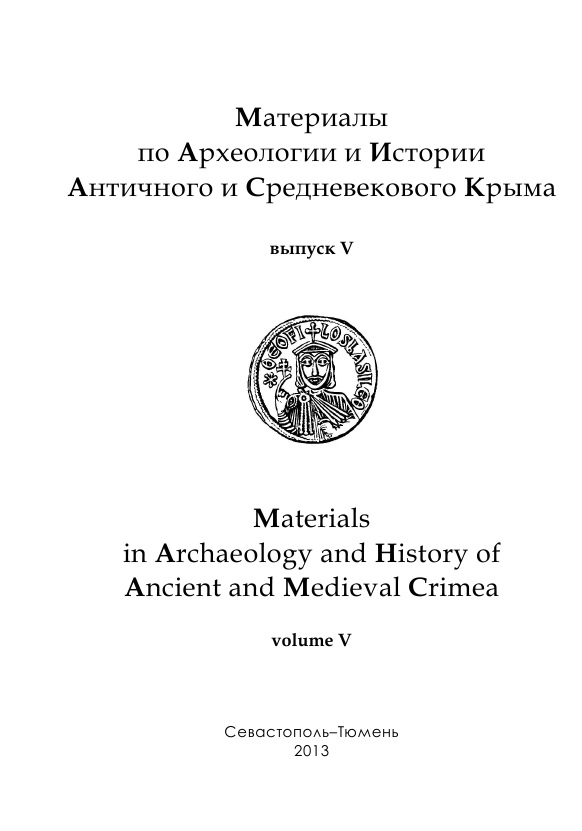
К вопросу о местонахождении надписи, обнаруженной В.И. Григоровичем в округе Черкес-Кермена
The article is dedicated to the analysis of the assumption which is widespread in the scientific literature that V.Grigorovich in 1873 saw a part of the date in the caption beneath the fresco in the cave church of «The Three Riders» in Eski-Kermen. Unfortunately, neither of the researchers have cited the caption published by Grigorovych as the evidence for this opinion. Our analysis of this text shows that it is not identical with the text of the inscription in the Church of «The Three Riders». It depicts the creation and painting the «Holy Church», while the inscription in the church of «The Three Riders» is dedicated to the creation of the image painted for the sake of the salvation of the soul and the remission of the sins of the unknown person. In addition, the date is missing in the surviving copies of the inscription of the temple of the «The Three Riders». It allows to assume that Grigorovich also couldn't see it. Therefore, it is inappropriate to use the information of Grigorovich as the evidence for dating of the frescoes in the Church of «The Three Riders». The authors suppose that Grigorovich have seen the dated inscription which is nowadays lost in some other cave temple. Some indirect indications point that it could be the church of «Donators» in Tcherkess-Kermen.
More...
